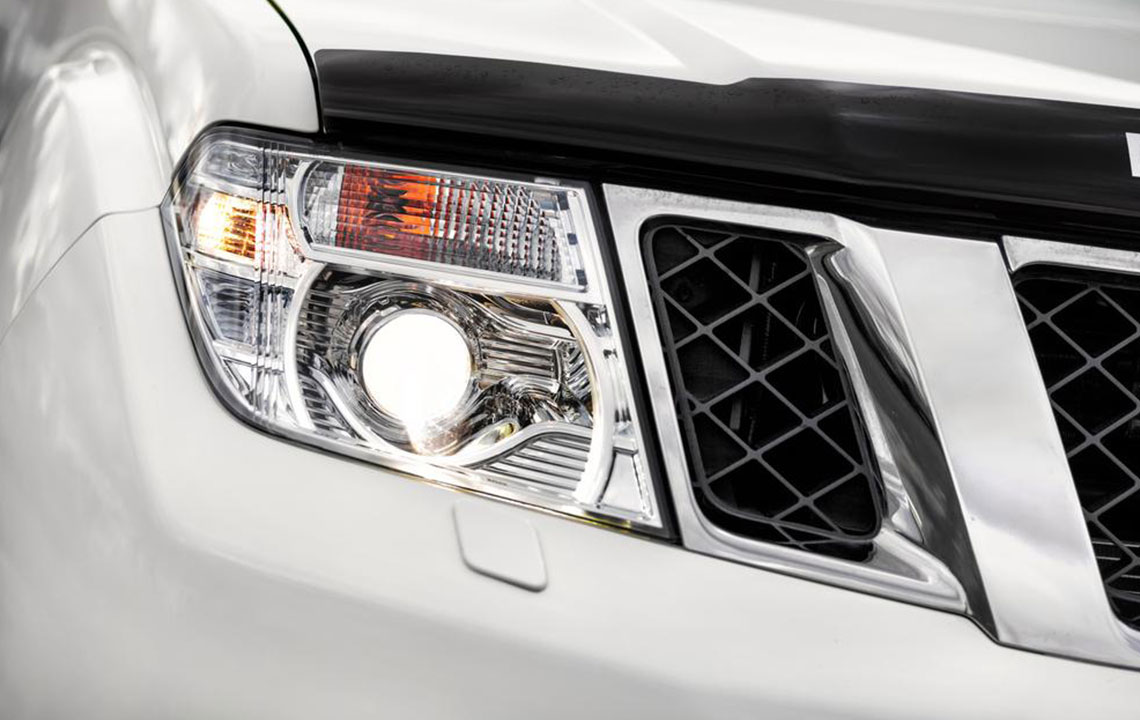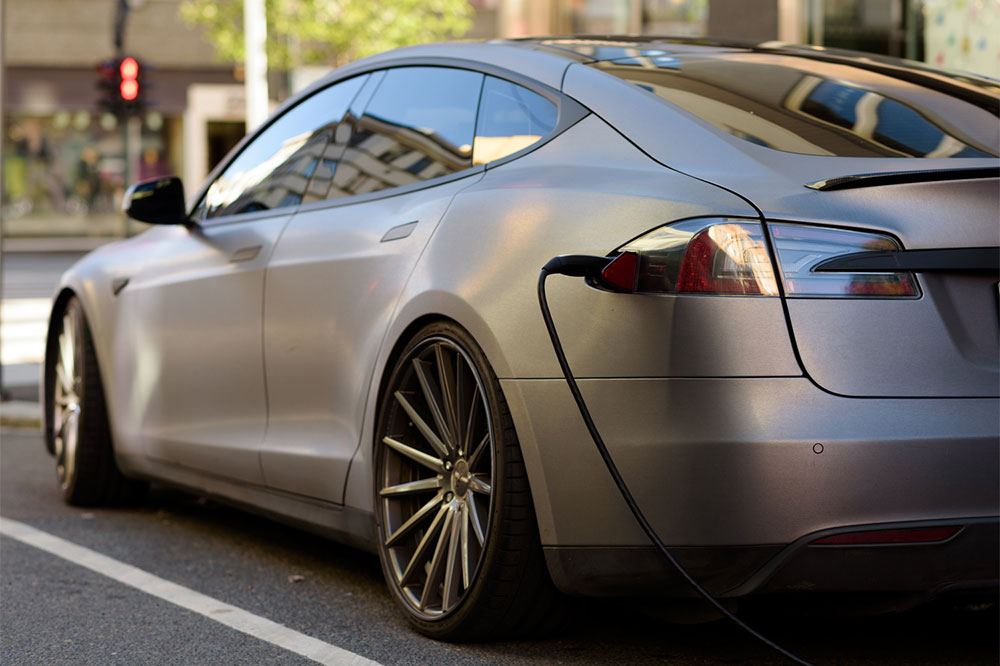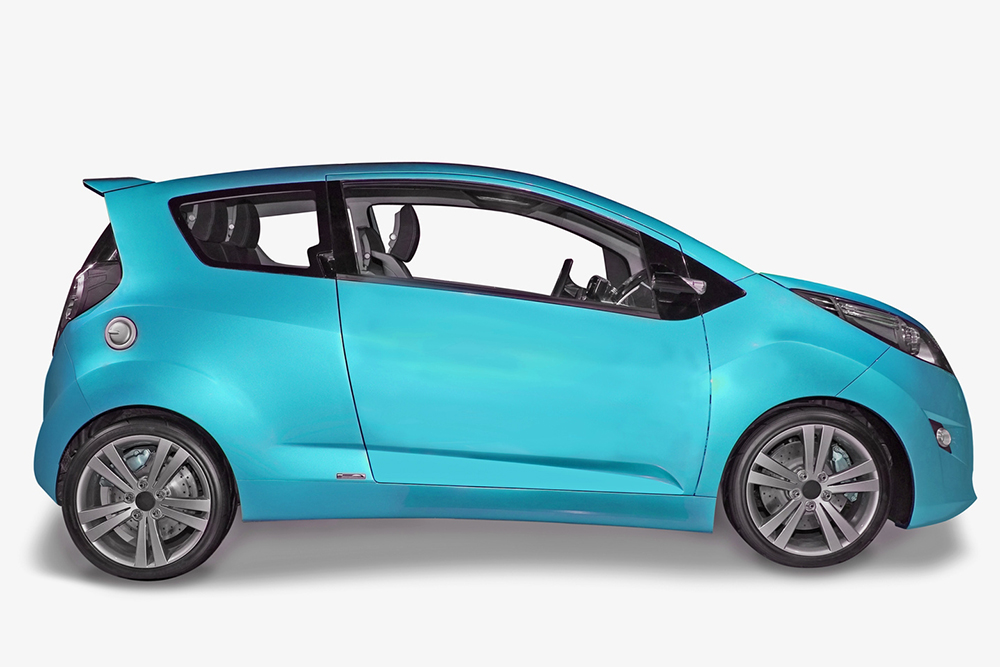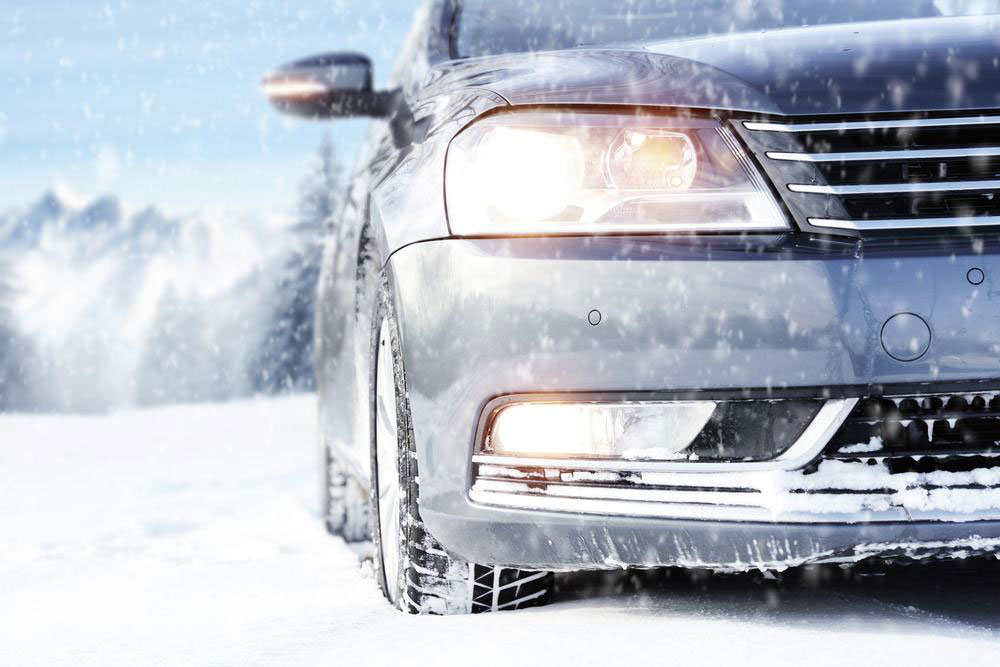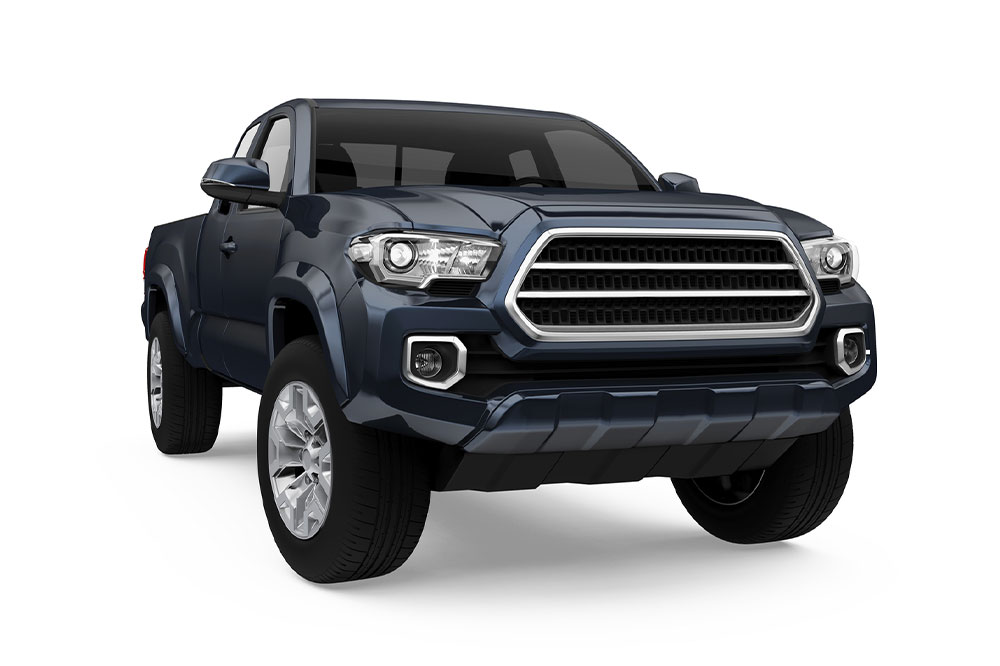Essential Tips for Buying a Used Vehicle
Looking to buy a used vehicle? Discover essential tips including checking the vehicle's history, inspecting the exterior and interior, examining fluids, taking a test drive, and considering certified pre-owned options. This guide helps you make informed decisions for a reliable purchase, ensuring your investment is safe and worthwhile. Perfect for prospective buyers aiming for a smart, budget-friendly car purchase with confidence.

Tips for Purchasing a Used Vehicle
Buying a used car is a popular choice in a thriving market that offers great deals. Opting for a used vehicle can save money on registration, taxes, and depreciation. However, it requires careful inspection to avoid costly repairs and debt. To ensure a smart purchase, consider these key points before finalizing your deal.
Important Factors to Consider When Buying a Used Car
Review the Vehicle’s History
Start by obtaining the car’s Vehicle Identification Number (VIN) or license plate number. A detailed history report reveals previous accidents, flood or fire damage, ownership records, odometer readings, maintenance history, sales info, and recalls. This helps gauge the vehicle's condition and history.
Inspect Both Interior and Exterior
After reviewing the history, thoroughly examine the vehicle's interior and exterior. Check the rims and hubcaps for signs of curb rash, and look for scratches or paint imperfections. Assess the condition of lights, steering, brakes, upholstery, windows, and controls for any wear or damage.
Examine Vehicle Fluids
Regularly checking and maintaining fluids extends a car's lifespan. Look at the engine oil—should be golden and smooth. Ensure transmission and brake fluids don’t emit a burnt smell or appear black or milky. Check the coolant when the engine is cool; sediment or oil in the coolant indicates issues like gasket leaks or overdue flushes.
Perform a Test Drive
Test driving helps assess the car's comfort and performance. Listen for unusual sounds like clicking or squealing, and test on various roads and speeds for smooth shifting. Smell the air from vents for gasoline or exhaust odors. Observe the brake pedal; pulsations suggest warped rotors, while a sinking pedal can mean worn brakes.
Opt for Certified Pre-Owned Vehicles (CPO)
CPO cars come with manufacturer warranties and undergo rigorous inspections and refurbishments. They’re often sourced from lease returns or dealership-driven units, offering added reliability.


